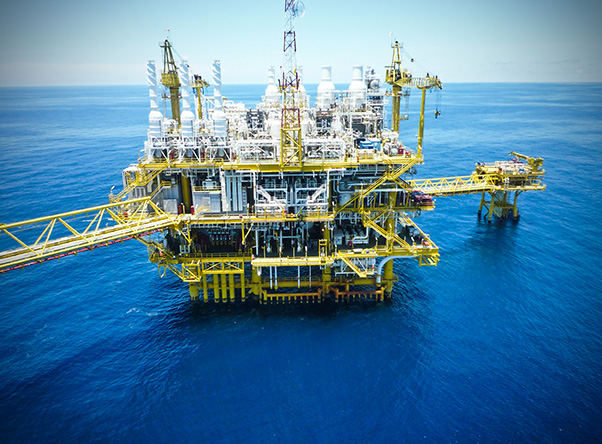Iran needs to expedite measures to increase its production of oil and gas from joint fields, a senior official at the Presidential Office said at the weekend.
Mohammad Saeid Seif, secretary of the Department of Development of Knowledge-Based Marine Technology and Industries at the Presidential Office, called for early access to marine hi-tech, Shana reported.
"The Sea of Oman is very deep which in fact redoubles the need for subsea technology. Oil and gas reserves in Persian Gulf are divided into two parts: northern and southern. The South Pars field with almost 8% of the world's known gas reserves is a shared field. The sooner we can exploit it the more beneficial it will be," he noted without naming the Persian Gulf emirate of Qatar which shares the major gas field with Iran but over the years has exploited the lion's share because of access to advanced technology.
Tehran has been denied the much-needed technology because of the international sanctions imposed over Iran's nuclear energy program.
Referring to landlocked countries he said, "Seas can connect countries across the globe and obviously links through seas are much more plus more tangible than through land frontiers."
Venturing into some technicalities Seif said the depth of seas on average is about 3,800 meters and the interesting point is that measures taken for exploration and exploitation normally reach 2,000- 3,000 meters. "So far we have not even reached the average depth of the seas and this is largely due to high cost of machinery and equipment needed for use in the seabed. Work in the seabed is the function of state-of-the-art technology."
Geographical Proximity
Twelve miles from coastline belongs to the coastal countries and the rest is considered as international waters so it should not be presumed that we only possess the land, he stressed. "International waters and oceans can best be used by those with access to advanced technology and who make the best of the opportunities in the high seas by using such technology."
Pointing to Iran's geographical proximity, the official recalled that Iran is close to the Strait of Hormoz, Strait of Malaga, and Bab-el-Mandeb Strait, which is called "Golden Triangle." Two-thirds of the international trade passes through the three waterways and this "indeed offers us a great commercial opportunity."
Iran has 22 oil and gas fields shared with seven neighboring countries, including eight joint fields with Iraq, four fields with Saudi Arabia, three fields with Qatar, four fields with the UAE, one field with Oman, one field with Kuwait, and another one with Turkmenistan in the Caspian Sea.
Out of the total figure, 17 are oilfields. The onshore joint oilfields are located in the West and the offshore fields in the Persian Gulf and Sea of Oman.


